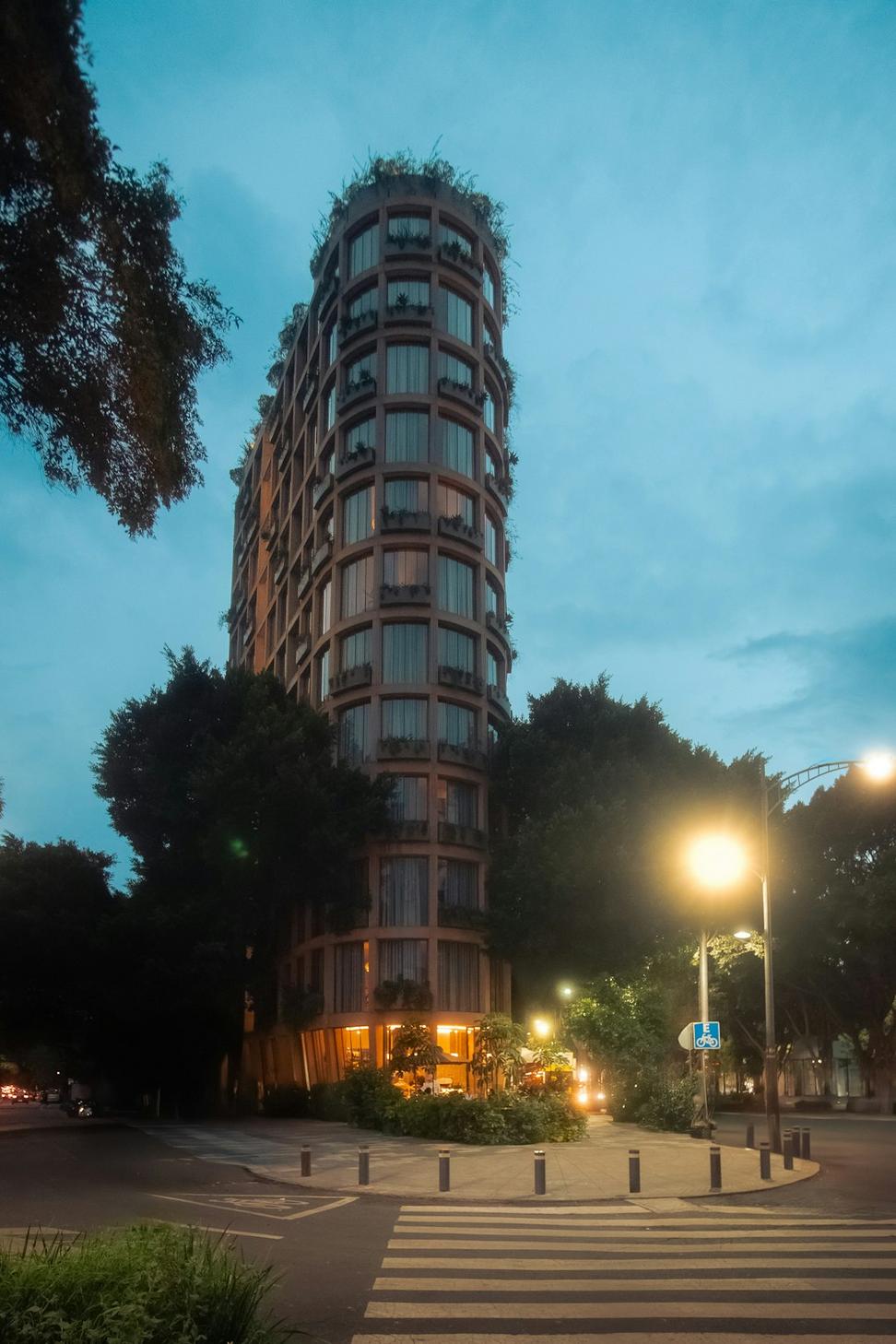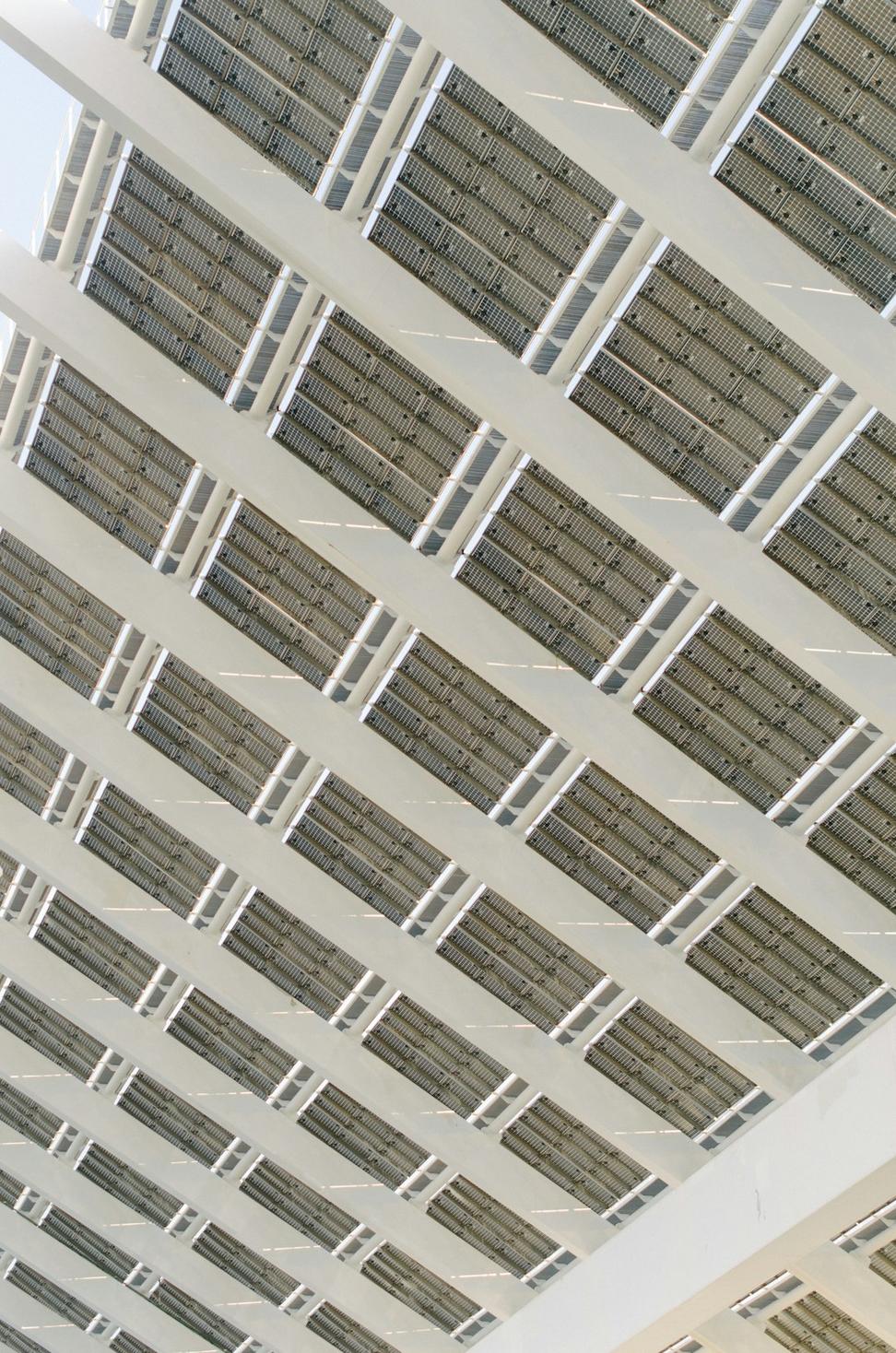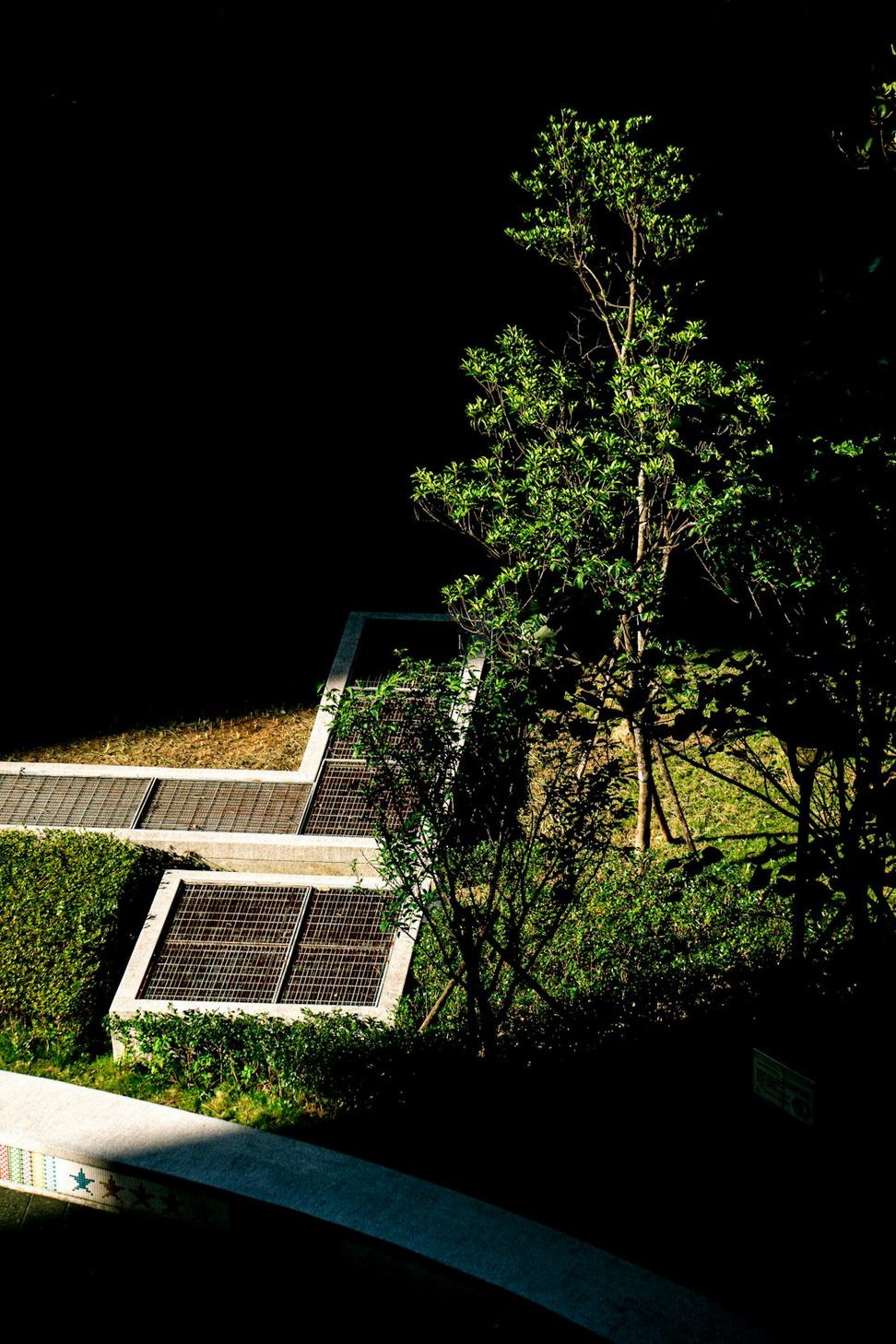
Our approach to sustainability isn't about checking boxes - it's woven into every decision we make, from site selection to material sourcing.
We've been pushing green design in Vancouver since before LEED was cool. Every project we touch aims to reduce its footprint while creating spaces people actually want to live and work in.

Look, we're not gonna pretend every certification is perfect, but they give us a framework to measure real impact. Here's what we've worked with over the years:
We've helped 23 projects achieve LEED certification since 2018, saving an estimated 4.2 million kWh annually. That's roughly equivalent to powering 380 Vancouver homes for a year.
Multiple Gold & Platinum projects under our belt. The system's evolved a lot, and honestly, we think the newer v4.1 criteria actually make sense.
Super tight, super efficient. These standards are tough but the energy savings are legit impressive - we've seen 80-90% reductions in heating costs.
Love this program for residential projects. It's Canadian-specific so it actually accounts for our climate challenges here in BC.
Focuses on human health & wellness. Air quality, lighting, acoustics - all the stuff that actually affects how people feel in a space.

We've been tracking our projects' performance for years now, and the data tells a pretty compelling story. These aren't hypothetical projections - this is actual measured performance from buildings we've designed.
Average energy reduction compared to baseline code requirements across all our projects since 2020
Construction waste diverted from landfills through careful planning and material selection
Liters of water saved annually through low-flow fixtures and rainwater harvesting systems
Tonnes of CO2 offset per year through our completed sustainable projects portfolio
We spend time understanding solar orientation, wind patterns, and existing vegetation before drawing a single line. Work with the site, not against it.
We dig into supply chains and embodied carbon. Local materials when possible, reclaimed when it makes sense, and always looking at the full lifecycle.
We run simulations early and often. It's way easier to adjust a wall section in the design phase than after you've poured concrete.
Sometimes the greenest building is the one that's already there. We've saved several heritage structures from demolition by reimagining their use.
HVAC, lighting, and building envelope all need to play nice together. We coordinate early with engineers to optimize the whole system.
We check back after people move in to see how buildings actually perform. That feedback loop has taught us more than any textbook.

True sustainability goes way beyond just the structure. We think about how a building fits into the larger urban ecosystem.
Bioswales, green roofs, permeable paving - we incorporate these whenever we can. Vancouver gets plenty of rain, might as well put it to work instead of overwhelming storm drains.
The most sustainable commute is the one you don't take. We prioritize sites near public transit and design with cyclists and pedestrians in mind.
A building that doesn't fit its neighborhood is a failed building, no matter how many solar panels it has. We design for context and community continuity.
We've gotten pretty particular about what goes into our buildings. Here's a quick breakdown of how we evaluate materials.
Carbon storage champion. BC's got great forest management practices, and these products are crazy strong. We're using them more and more for mid-rise construction.
High recycled content, indefinitely recyclable. The embodied energy's still significant but way better than virgin material.
Low maintenance, extremely durable, and when it's quarried within a few hundred km, the transportation impact drops significantly.
Supplementary cementitious materials like fly ash or slag reduce the carbon footprint. Still not perfect, but better than standard Portland cement mixes.
Triple-glazed units with low-e coatings make a huge difference in energy performance. The upfront cost hurts but the payback's real.
Love the concept, but you gotta be careful about performance specs and code compliance. Works great for interior applications and feature elements.
Everyone wants to know - does sustainable design cost more? The honest answer is: sometimes yes upfront, but almost always no over time.
Yeah, better insulation, high-performance windows, and efficient systems cost more on day one. We typically see a 3-8% premium for truly sustainable buildings compared to standard construction.
But here's the thing - with good design, we can often reduce system sizes (smaller HVAC because the envelope's tight), which claws back some of that premium.
The payback period for most energy efficiency measures is 5-12 years. After that? Pure savings. We've got clients seeing 40-50% reductions in operating costs.
Plus there's increased property value, better tenant retention, and lower maintenance costs. The business case is actually pretty straightforward once you look beyond year one.
We're always happy to talk about sustainable design - whether you're planning a project or just curious about how this stuff works. Give us a shout.
Let's Talk Sustainability